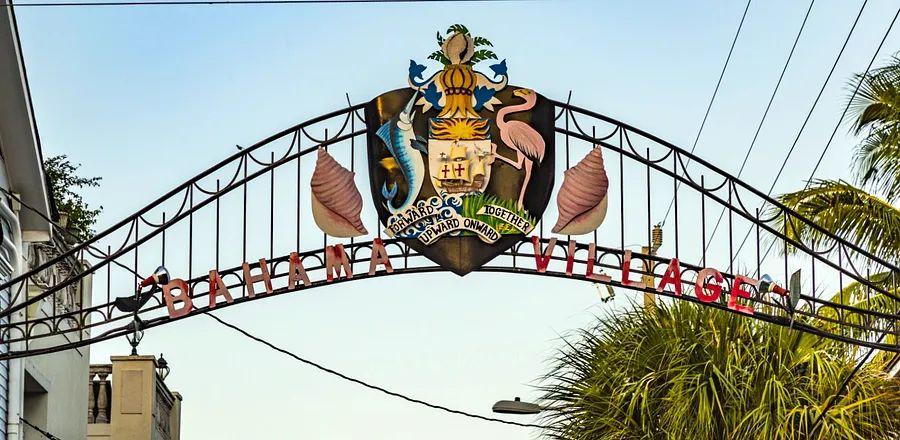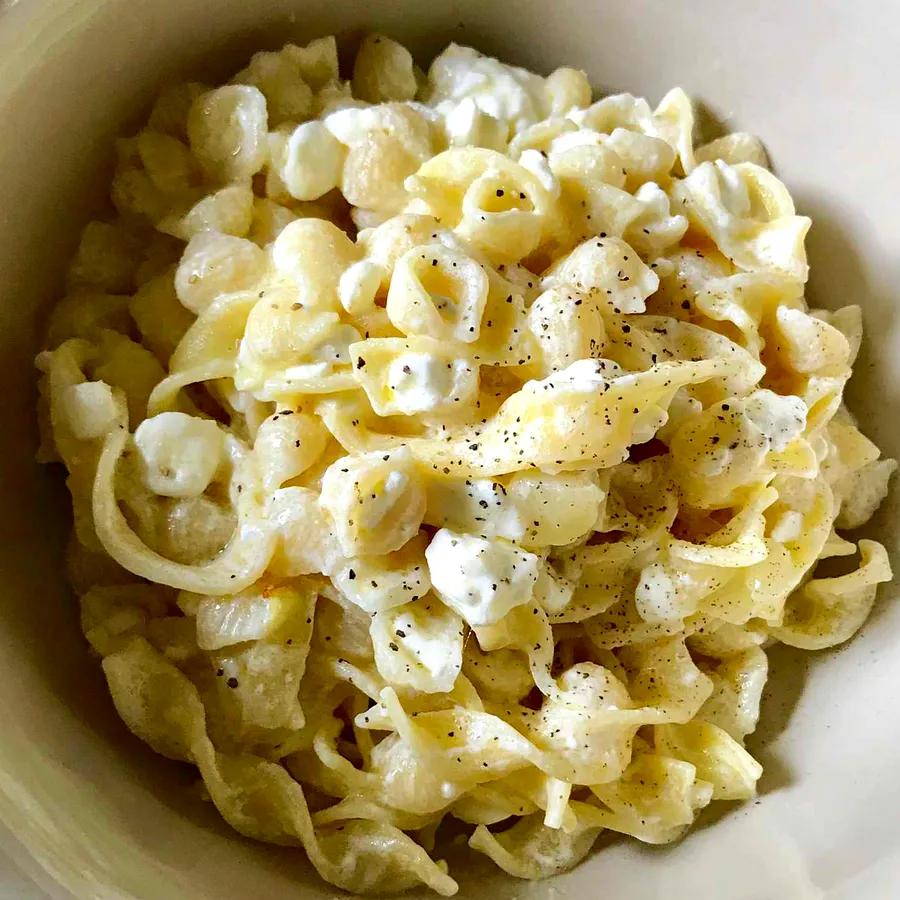Discovering Key West's Rich Black Heritage

With its pristine white-sand beaches, colorful cottages, and famous key lime pie, Key West spans about four miles long and a mile wide. This unique destination attracts visitors not just for its proximity to the U.S., but for its distinct culture. Although Miami is just a four-hour drive away, the two cities differ more in ideology than in distance, making Key West a small city unto itself.
Originally known as Cayo Hueso, Key West lies less than 100 miles from Cuba. The U.S. acquired Florida in the early 1820s, and the American flag was raised over Key West in 1821. Four men initiated the city’s development, and by the 1830s, it was the wealthiest city in the nation. During the Civil War, Key West remained loyal to the Union, thanks to its Naval base, and post-war, fishing and maritime activities sustained the economy.
Robert Kerstein, a government professor at the University of Tampa, highlights the city’s military history, its rail connections, and its resistance to large cruise ships, all of which help maintain its unique character.
Kerstein notes, "Key West offers a more relaxed, distinctive, and quirky atmosphere compared to Orlando or Miami—it's marketed as a non-generic tourist spot," as he discusses in his book, Key West on the Edge.
This is the Key West that many are familiar with. However, Clayton Lopez, a city commissioner since 2005, believes that more effort is needed to illuminate the city’s often-overlooked Black history, which he asserts reflects a broader American narrative. A fourth-generation resident of Bahama Village, Lopez possesses an almost encyclopedic understanding of Key West’s past.
"Key West is connected to some of the most significant Black history in the United States," he remarks.
Bahama Village is essential to the existence of Key West as a whole.
Situated at the southwestern tip of Key West, Bahama Village is a historic area that stretches across 16 blocks between Louisa and Southard streets. An arched entryway on Petronia Street marks the entrance to this neighborhood. During Lopez’s youth, Bahama Village was a close-knit community where everyone knew each other.
Bahamians began settling in Key West in the 1800s, drawn by fishing and other maritime occupations such as boat building and sponging. Most immigrants settled near the waterfront, which inspired the name Bahama Village, and they brought various plants and seeds from the islands, contributing significantly to the unique flora of Key West today. In 1860, the U.S. Navy seized three illegal ships carrying enslaved Africans near Cuba and processed them in Key West, where locals provided shelter and clothing. (Nearly 300 individuals are interred at the African Cemetery at Higgs Beach, which was added to the National Register of Historic Places in 2012.) Although historical accounts indicate that Key West residents aided the newly freed Africans and those who had settled in the area earlier, various restrictive laws—like noise ordinances—imposed limits on their newfound freedoms.
Key West is steeped in Black history: Frederick Douglass worshipped here, and local Black men enlisted to serve the Union during the Civil War. Influential African American figures included Nelson English, who was postmaster from 1882 to 1886, and Charles DuPont, sheriff from 1885 to 1893. In recent decades, the Veterans of Foreign Wars Walter R. Mickens Post 6021 and the William Weech American Legion Post 168, both located in Bahama Village and listed on the National Register of Historic Places, were established in 1951 to support over 10,000 Black military members in the Florida Keys from 1950 to 1970, also featuring performances by artists like Otis Redding.
Today, Bahama Village is home to many Black-owned businesses lining its main street, along with charming 19th-century Bahamian-style homes painted in vibrant pastel colors like red, blue, purple, turquoise, and yellow, often topped with widow’s walks—railed platforms where women would wait for their husbands to return from sea.
Lopez asserts, "Bahama Village is essential to the fabric of Key West as a whole."
However, similar to many predominantly Black neighborhoods across the country, Bahama Village—the southernmost Black community in the continental United States—is experiencing significant changes and challenges, particularly gentrification.
Currently, Bahama Village's population is 37 percent Black, down from 64 percent in 1990. The average home value in the area is nearly $1 million, which has risen nearly 3 percent over the past year, while the median income is approximately $36,000 per year, according to a Zillow report.
There remains hope for the preservation of Bahama Village. New housing developments are in the works, with the Navy having donated 3.2 acres for affordable housing within the community. Additionally, a community center and gym, named after Frederick Douglass, now serve local residents. Events like the annual Goombay Festival celebrate Bahamian music, and in recent years, the Key West Museum of Art & History at the Custom House has been addressing a “serious omission” by collaborating with Monroe County Public Libraries and the Florida Keys Council of the Arts to highlight the Black community’s contributions to the island's culture through documents and artworks.
Local businesses are dedicated to ensuring a bright future for Black Key West. Visitors can enjoy Jamaican cuisine at One Love Food Truck, featuring curry chicken, coconut rice and beans, cabbage, and plantains, or savor traditional Bahamian dishes at Island Boyz Seafood Key West. For grooming, residents can visit Moore Than Fades Barbershop. Despite facing challenges, residents of Bahama Village maintain that their history is vibrant and enduring.
Lopez expresses, "Many of us are determined to stay here and ensure our story is heard. I've adopted a philosophy during my time in office: I won’t deny your narrative or contributions [to Key West], but I also want to ensure that mine is included."

1

2

3

4

5
Evaluation :
5/5